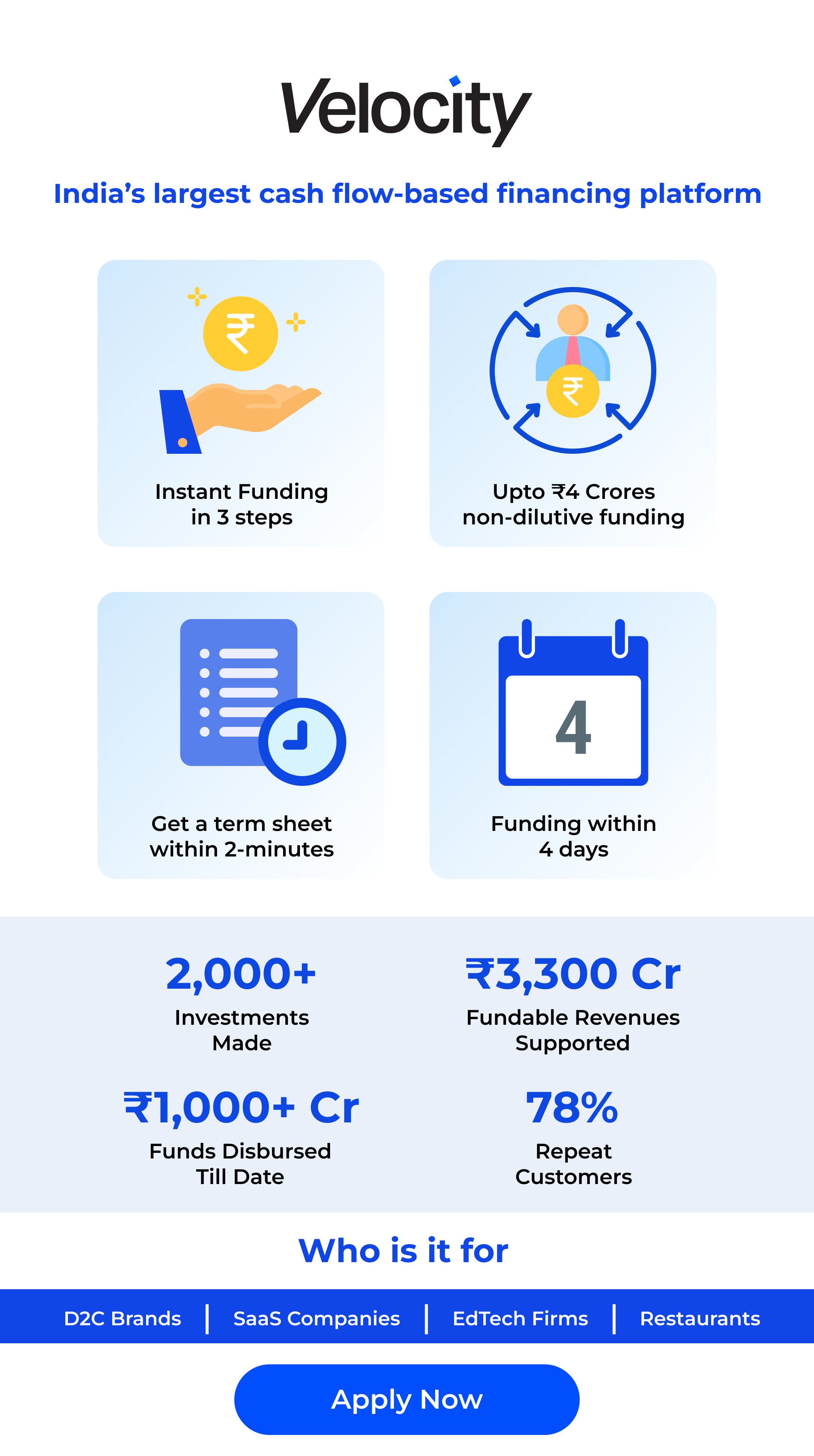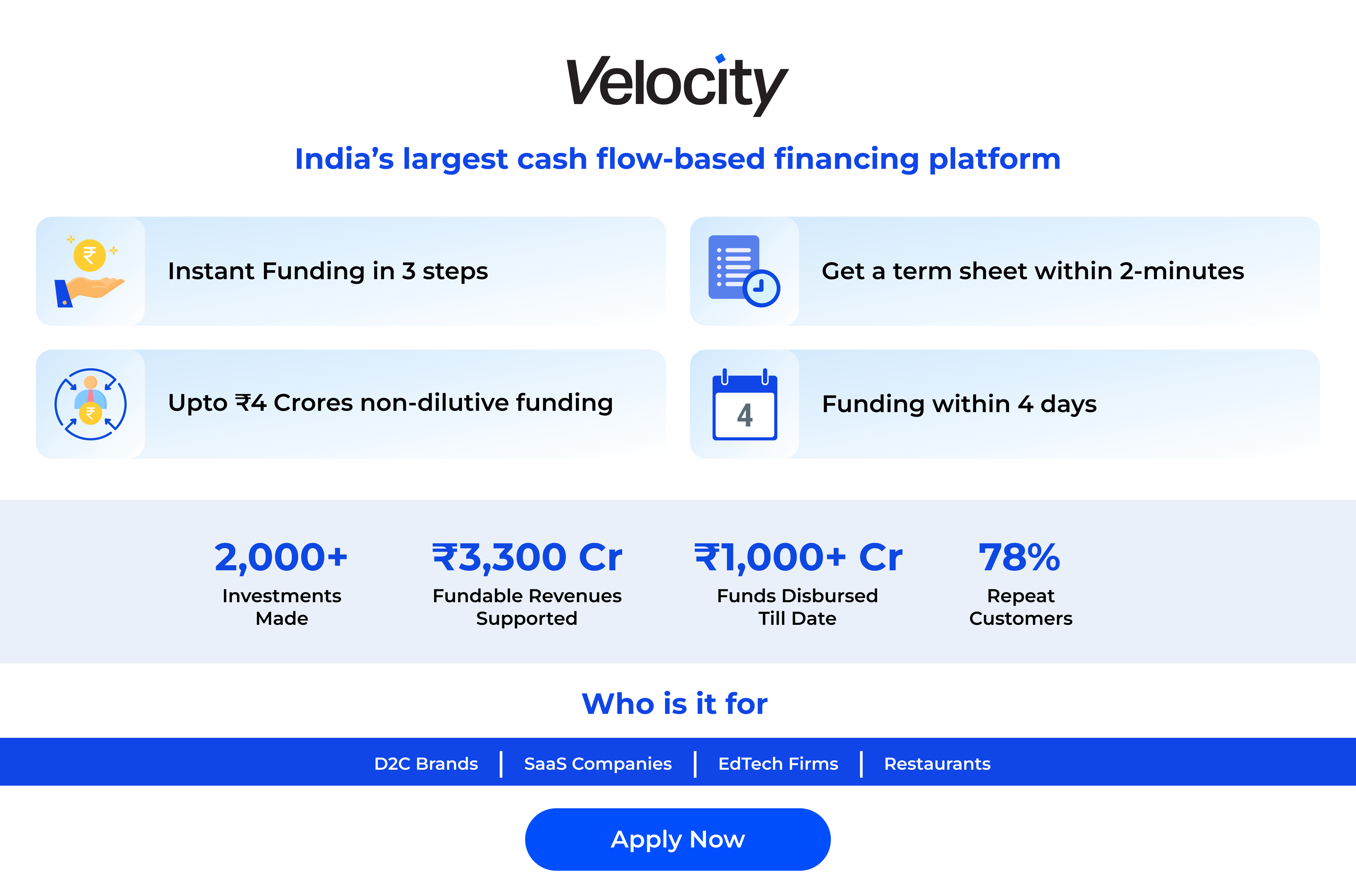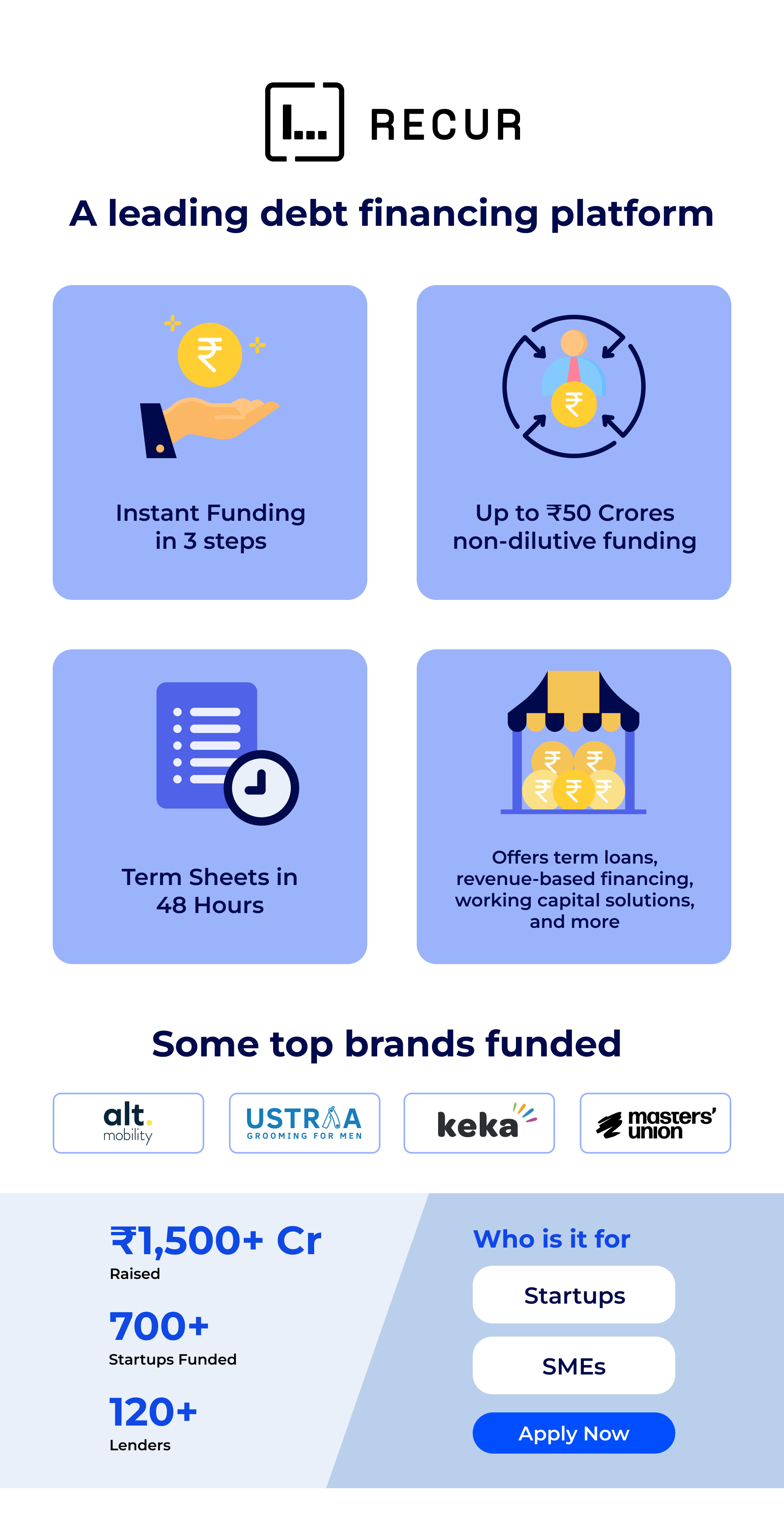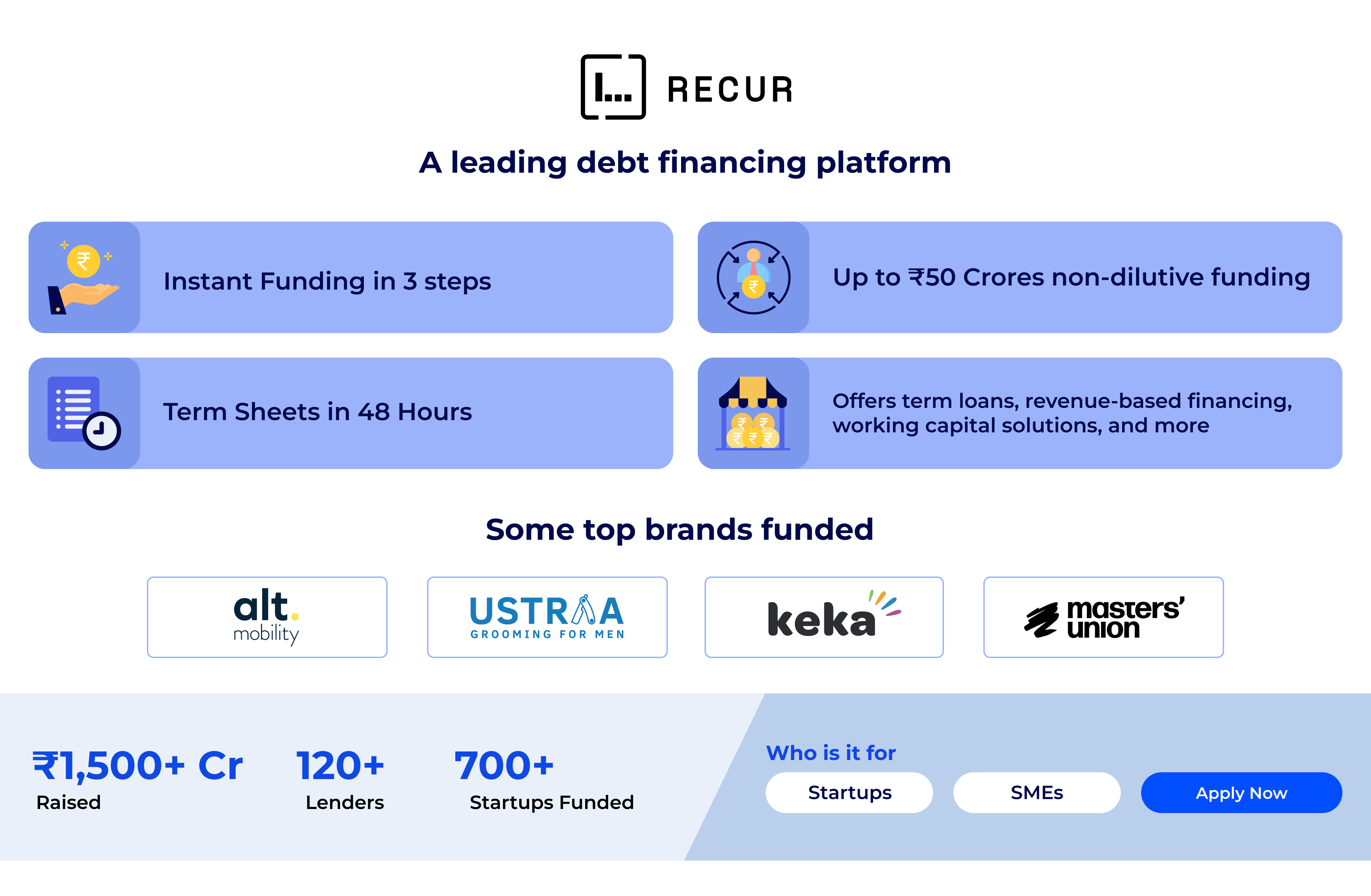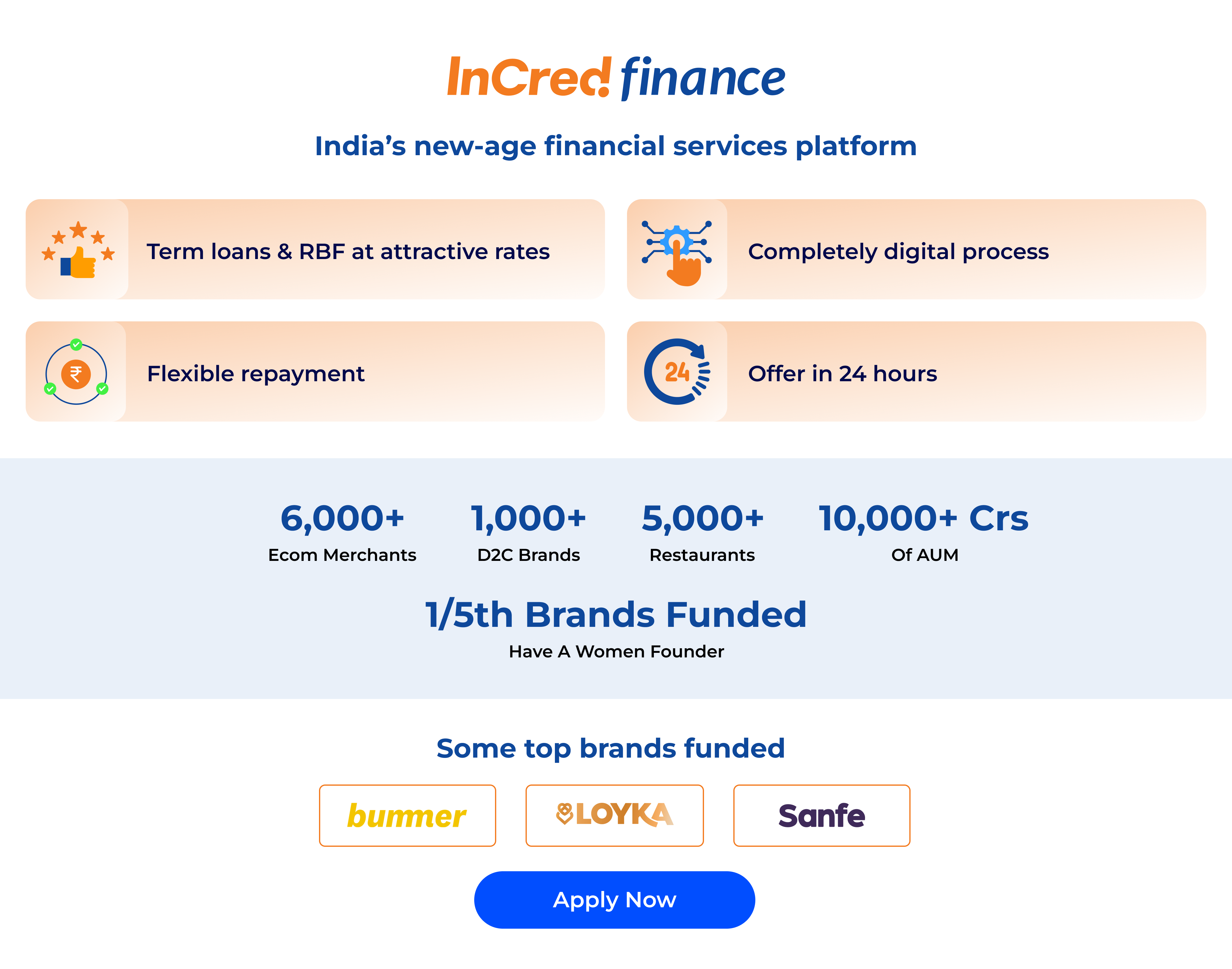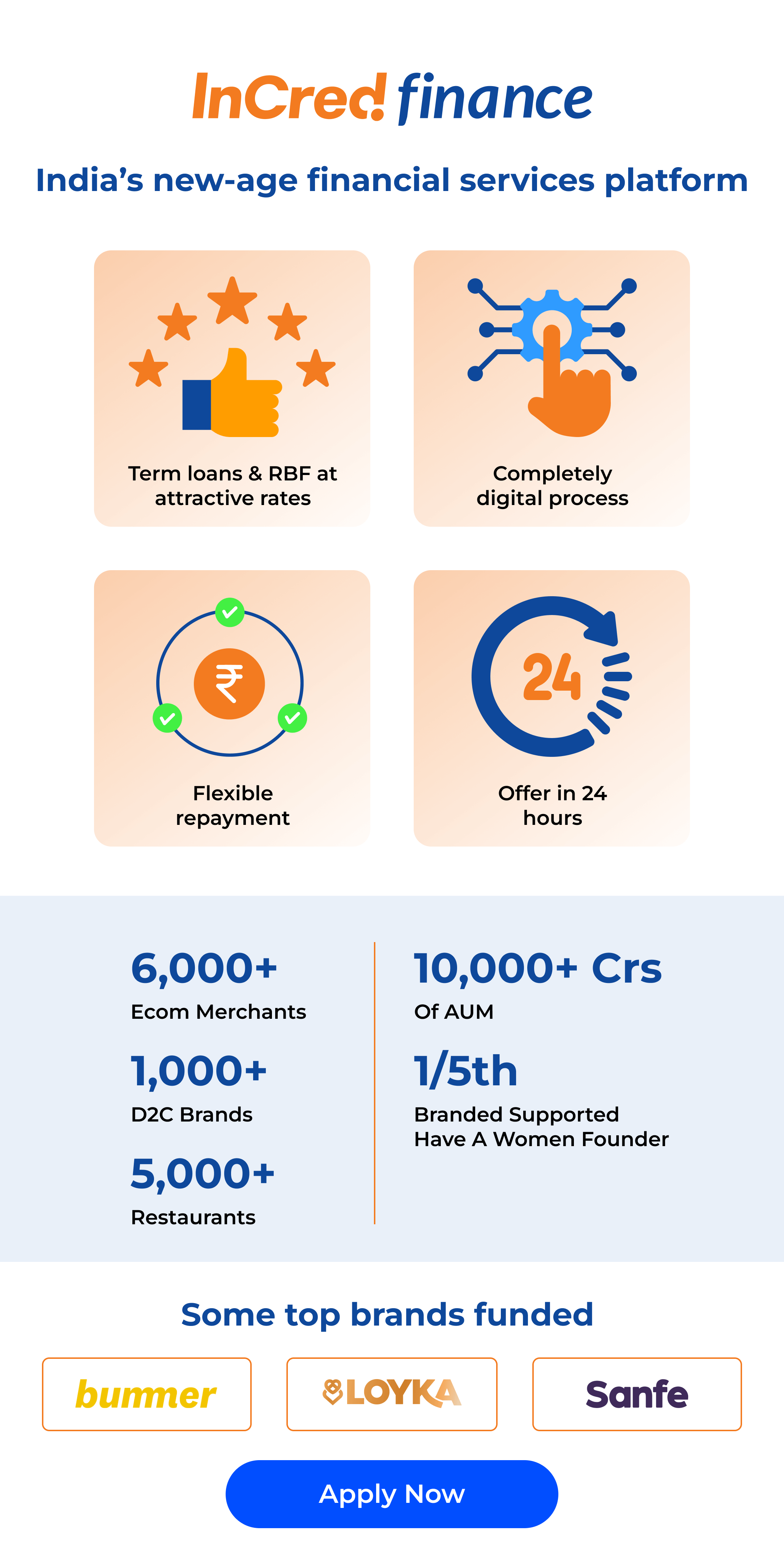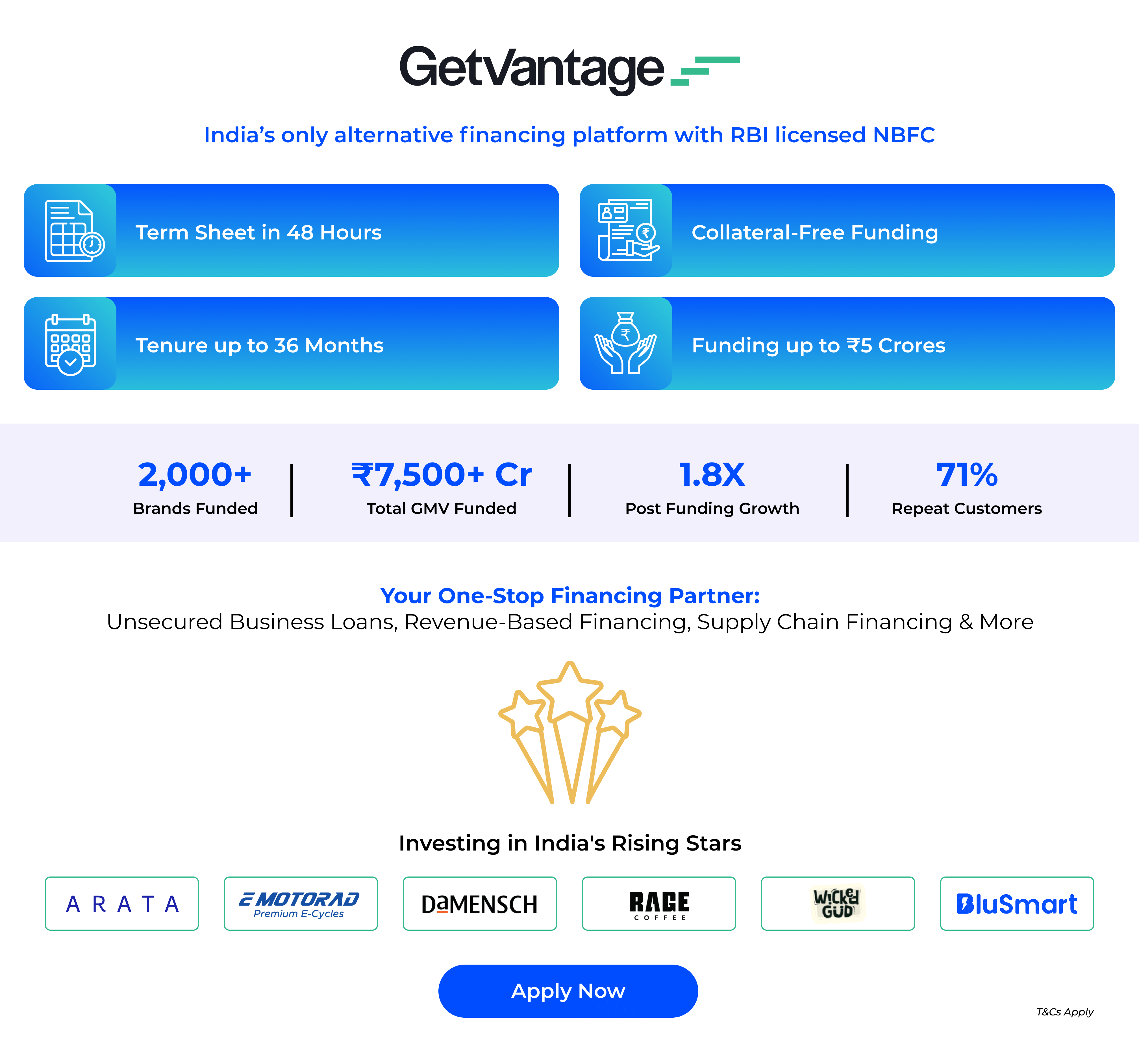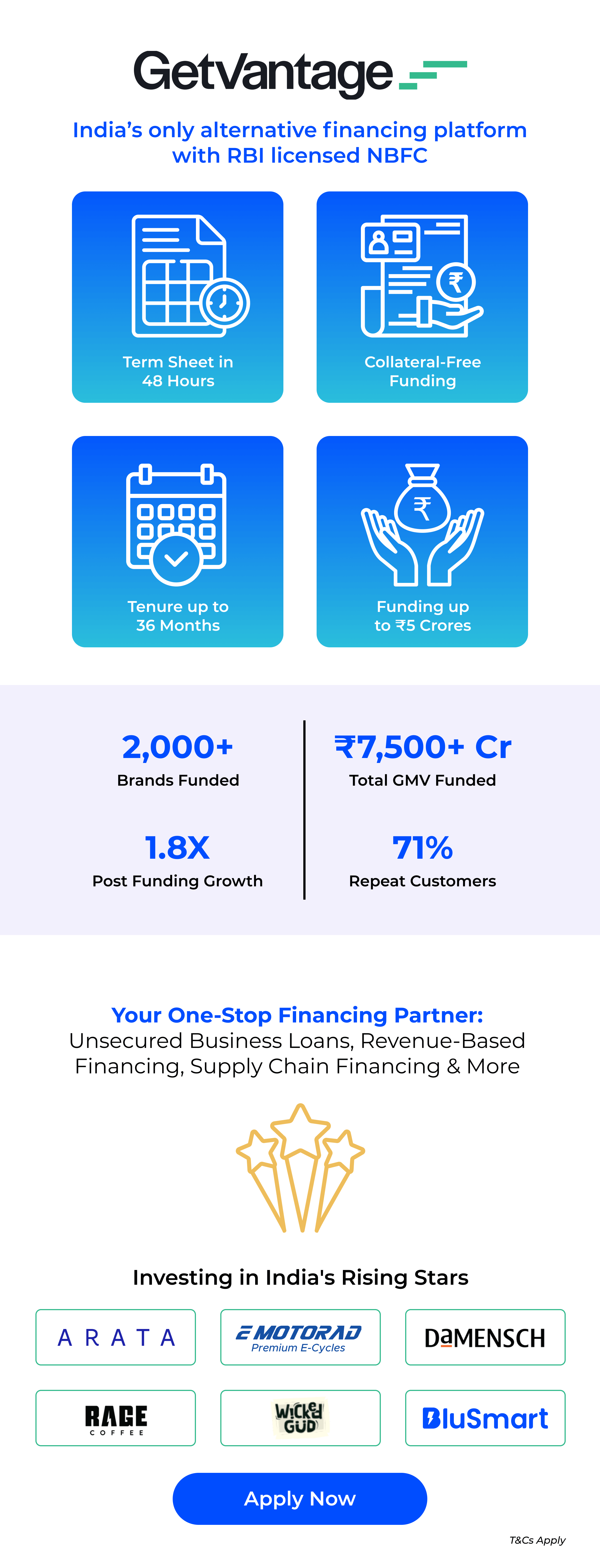Planning Pays Off: 5 Strategies to Get the Most Out of Your Delivery Speed Choice
August 21, 2025
5 min read
E-commerce businesses face a crucial decision: deliver products with the speed of same day delivery or meet ultra-fast expectations through quick commerce. But how do you know which model aligns best with your business strategy? Let’s break it down.
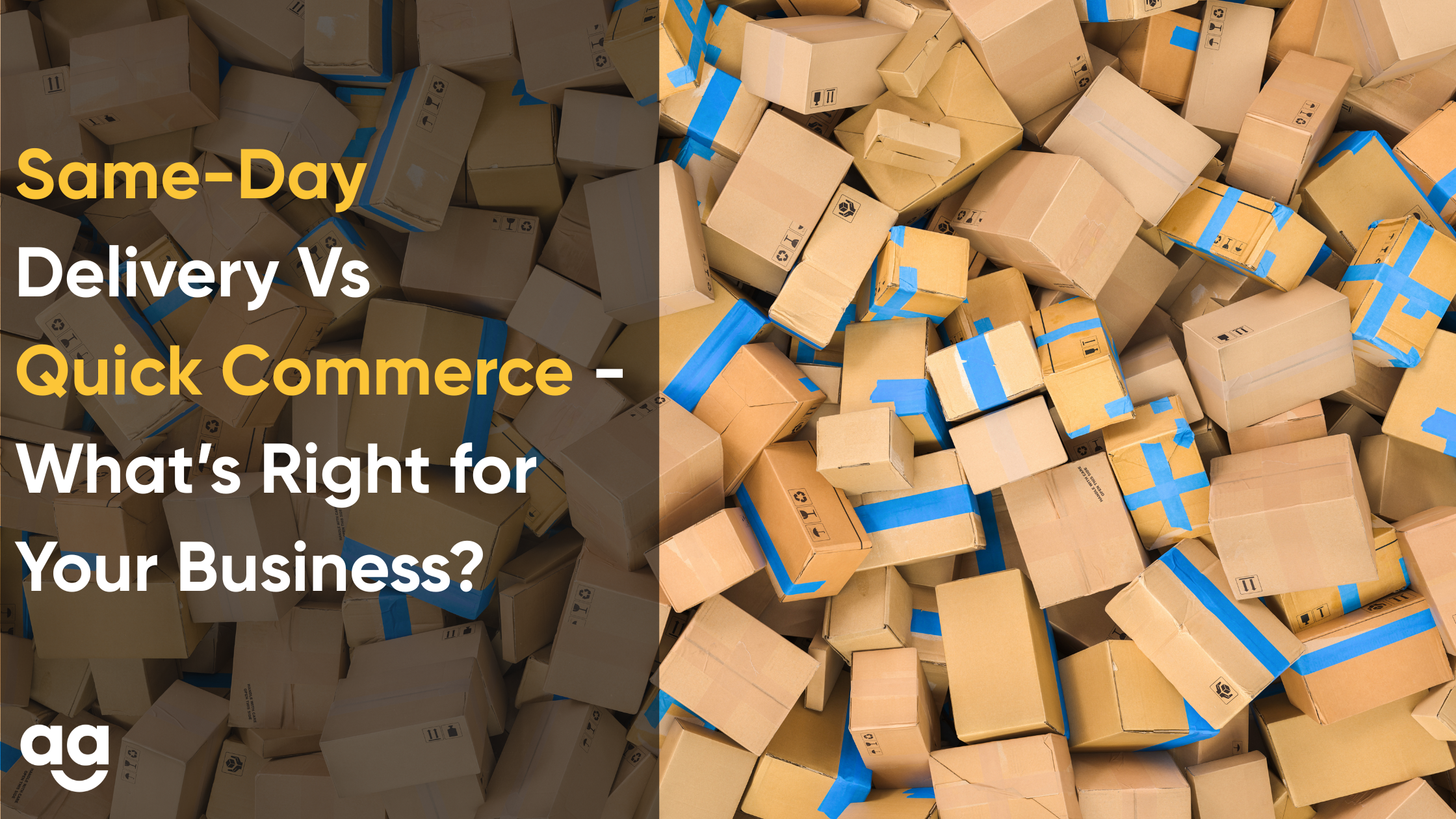
What is Same-Day Delivery?
Same‑day delivery refers to logistics services that ensure an order reaches a customer within the same calendar day — typically within a 2–10 hour window from purchase. Unlike overnight courier or next day delivery, same‑day offers near-instant gratification without leaping to ultra-fast timelines.
Benefits for businesses include:
- Enhanced customer satisfaction and loyalty
- Competitive differentiation in crowded markets
- Potential to increase average order value with premium delivery
What is Quick Commerce?
Quick commerce (Q‑commerce) takes speed to the extreme — think grocery or essentials delivered in less than an hour, often in 10–20 minutes. It relies on dark stores or micro-fulfillment centers peppered strategically around urban hubs.
India’s quick commerce wave is booming:
- In FY25 gross order value reached ₹64,000 crore (~USD 7.7 billion), with projections to triple to ₹2 lakh crore by FY28.
- The same Financial Express article notes the sector will employ up to 550,000 people by next year — showing significant job creation in last-mile operations.
Same‑Day vs Quick Commerce: Direct Comparison
|
Feature |
Same‑Day Delivery |
Quick Commerce |
|
Speed |
Delivered within 2–10 hours |
Lightning-fast, often 10–20 mins or under |
|
Coverage |
Typically metro-city-wide |
Hyper-local, dense urban delivery network |
|
Infrastructure |
Warehouses + regular courier network |
Dark stores + dedicated fleets |
|
Cost |
Moderate premium over standard |
High operational cost; relies on scale |
|
Profitability |
Scalable with healthy margins |
Slim margins; profitability is tough |
|
Ideal Products |
Larger items, non-urgent essentials |
Groceries, urgent essentials |
Which Model Suits Your Business?
1. Consider Customer Need
- Want to ensure a seamless same day delivery experience? This is best for bulky, non-perishable, or moderately urgent goods.
- Selling grocery, daily essentials, or urgent necessities? Opt for quick commerce to meet ultra-fast needs.
2. Operational Costs & Pricing
- Same day courier service can absorb moderate premiums.
- Quick commerce demands constant discounts to lure customers.
3. Infrastructure & Reach
- Same‑day leverages broader courier networks and existing warehousing — scalable across regions.
- Quick commerce needs to invest in dark stores near dense urban consumers — a capital-heavy and localized model.
4. Profit Margin Outlook
- Same‑day delivery scales better with traditional logistics. With a growing consumer base and fewer overheads, margin paths are healthier.
- In quick commerce, razor-thin margins due to fleet costs, discounts and tight time windows make scaling profitably very challenging.
When to Choose Which Model
Choose Same‑Day Delivery if:
- Your products are moderately urgent or bulky.
- You want to scale across cities without huge CAPEX.
- Your audience is price-sensitive but expects fairly quick delivery.
Choose Quick Commerce if:
- You specialize in groceries, fresh produce, or essential items.
- You operate in dense urban regions with sub‑1‑hour delivery expectations.
- You’re prepared for high fleet investment and customer-subsidized pricing.
Go Hybrid if:
- You can segment your catalog—urgent essentials vs. regular items.
- You have robust logistics and can experiment with micro-fulfillment.
- You want to test quick commerce in test markets before scaling.
Strategic Summary: Choose Speed That Sustains
Want fairly swift same day delivery without burning money, across B2B/B2C segments? Invest in a flexible courier network and leverage your logistics. Focused on hyper-local, urgent groceries and necessities? Quick commerce might win customers — but prepare for a subsidy-heavy model and scale meticulously. Unsure? Start with same day courier services, gather data, and pilot dark stores in high-potential zones.
The phrase “fast is the new normal” holds true — but speed isn’t just about delivery time — it’s about delivering value. Same day delivery offers a wholesome balance: speed, reach and profitable growth. Quick commerce wins on instant convenience — but demands laser-focus on infrastructure, pricing and operational complexity.
Review your products, customer needs and cost levers. Whether you opt for next day delivery, overnight courier, same day delivery, or ultra-fast quick commerce — your competitive edge lies in aligning delivery promises with business readiness and consumer expectations.
Frequently Asked Questions
Same day delivery delivers products to customers within 2–10 hours of purchase, while quick commerce promises delivery within 10–20 minutes using hyperlocal dark stores and smaller delivery radiuses.
Same day delivery is generally more cost-effective because it uses existing inventory and courier services, reducing operational costs. Quick commerce requires heavy investment in infrastructure, dark stores, and delivery personnel, making it more expensive.
Yes, businesses can adopt a hybrid model where quick commerce is offered for essentials in select areas, while same day delivery handles other products. This approach balances speed, cost, and scalability.
Unlike standard delivery services that take 1-7 days, Shipyaari Sprint focuses on ultra-fast delivery, often within a few hours, depending on the customer’s location and order time.
Suggested Reads
Hyperlocal Personalization: Tailoring Experiences for Local Customers
Introduction The eCommerce industry in India has witnessed a rapid growth of hyperlocal services in
Continue ReadingDec






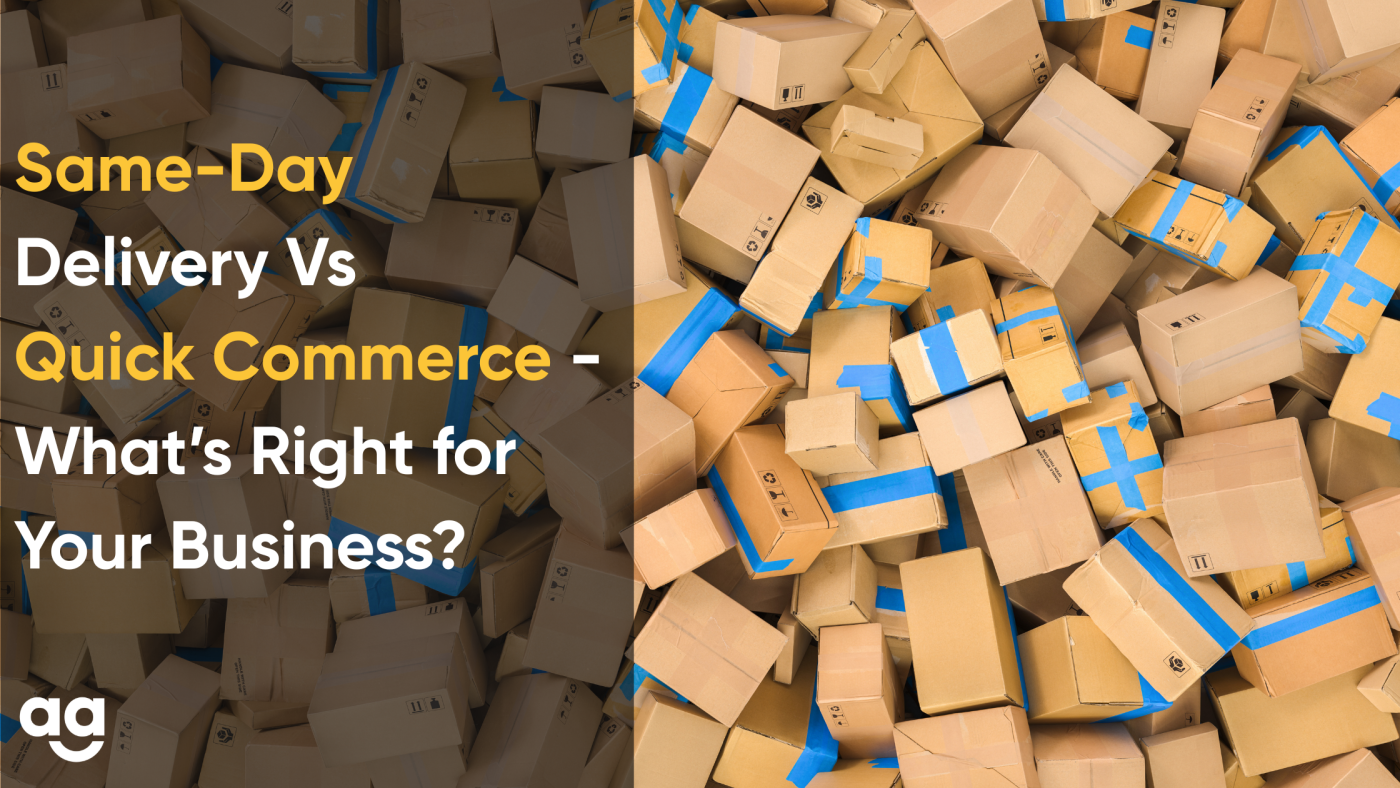


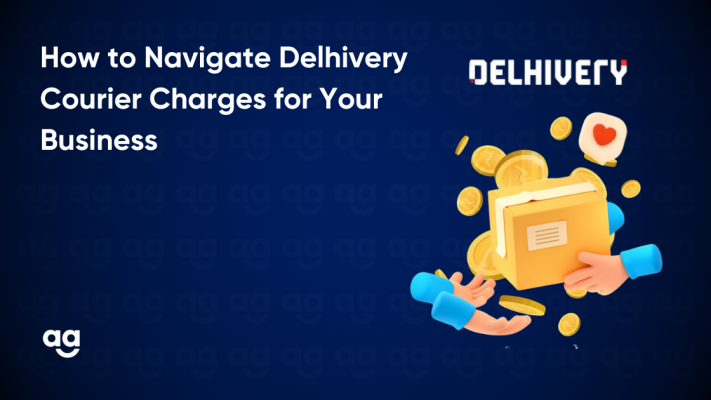
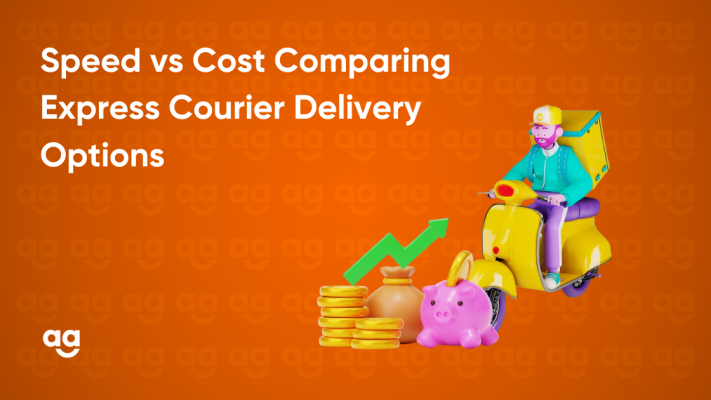
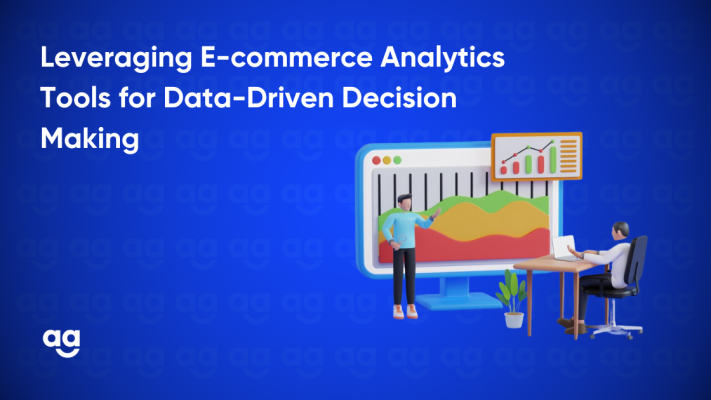
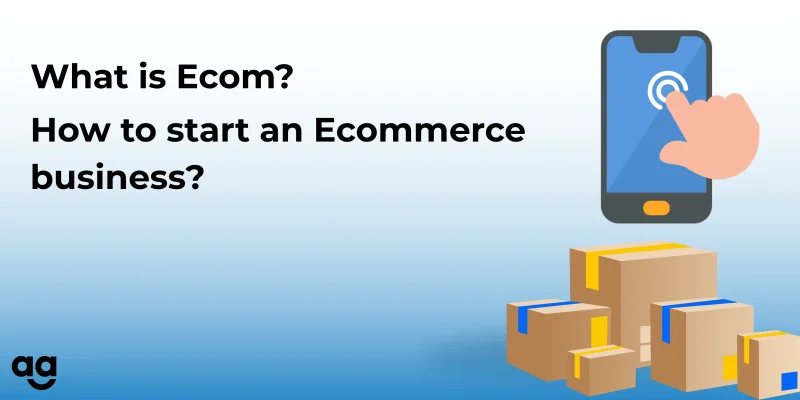
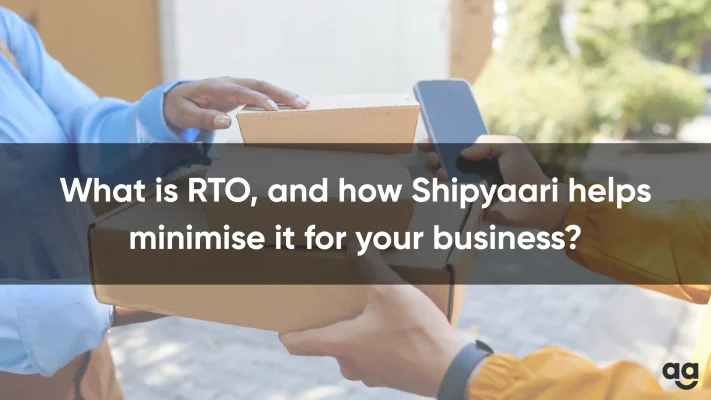
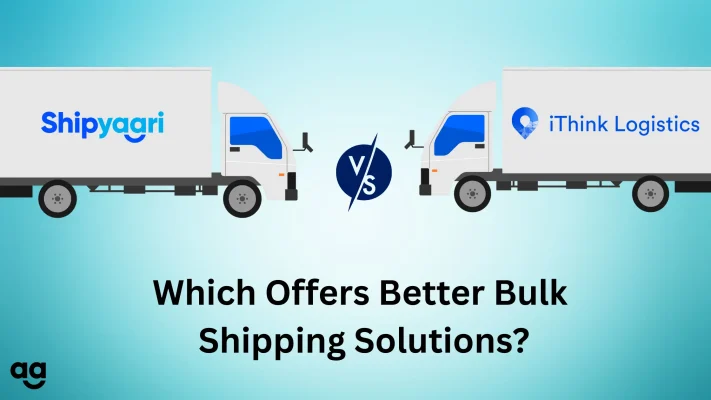

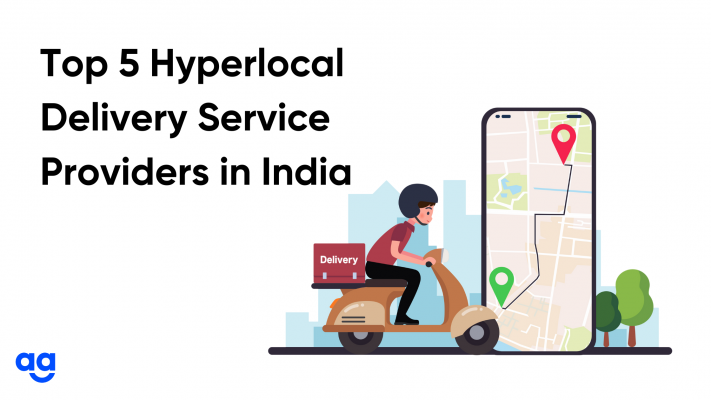
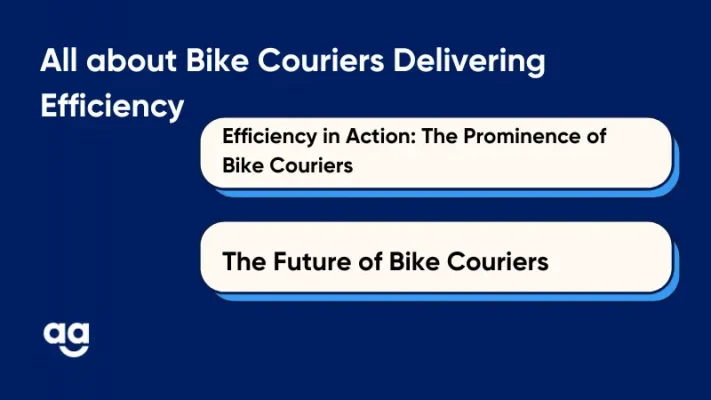
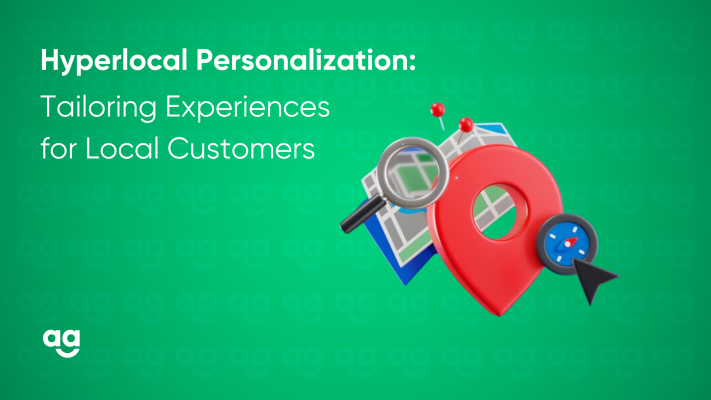
 Shipping
Shipping
